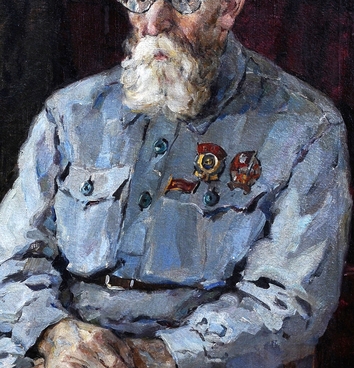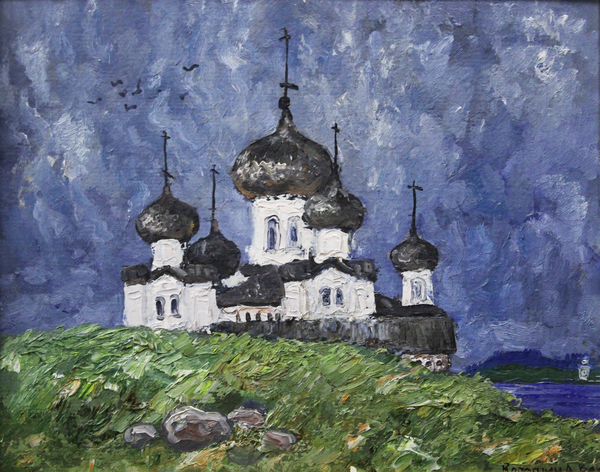After the October Revolution of 1917, gender equality was legally established in the Soviet Union. The new legislation provided for “a complete emancipation of women from household duties and their equal participation in social labor as full-time workers.”
During the early five-year plans, the Soviet government strove to engage women in traditionally male occupations. Women worked as tractor drivers, pilots, combine operators, construction workers, crane operators, and railroad workers.
This trend was reinforced during the Great Patriotic War, when women took over work in the rear, replacing the soldiers who had gone to the front, and fought alongside men in special battalions. The image of a female worker was widely represented in Soviet art.
Women were portrayed with the typical attributes of labor such as a lathe, a chemical flask, or a hoe. Later, they were often depicted working alongside men. By the 1970s, the image of a female worker softened and became less crude and straightforward as can be seen in Anatoly Kopotin’s painting titled “Timber Rafting”.
In the Soviet Union, timber rafting was the cheapest and sometimes the only possible way to transport felled tree trunks to the processing site. Trees could be transported using the loose floating method or by tying them together to make rafts. Further down the river, there were floating depots, where tree trunks were sorted according to size and quality, forming a bag boom that was pulled by a towboat to the timber mill.
Although timber rafting was hard manual labor, it was often performed by women. In Kopotin’s painting, the work does not seem to be as exhausting, mostly due to the use of a bright color palette with shades of blue, red, and white. The composition is colorful and festive, referring to Early Renaissance frescoes.
Anatoly Kopotin paid a lot of attention to the female portrait. In his works, he often idealized his models, admiring their appearance. “Timber Rafting” is a painting that is distinguished by a particular depth and feeling. The woman’s tanned face is solemn and serious, her lips are pressed tightly together — she is not a woman of words but a woman of action. This young Soviet female worker is full of inner strength and beauty, and her image is elevated to the level of lofty ideals.



